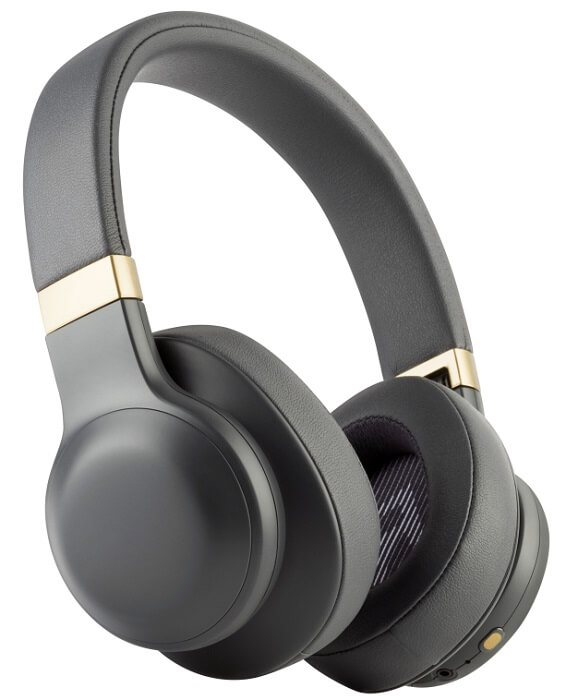Headphones have become an essential part of many people’s life. To meet the growing demand the headphones industry is launching millions of models into the market every year. Buying a new pair of headphones could be pretty challenging because of the abundant models.
One headphone model only fits some of your specific needs. So, it’s not like you can use a single headset for all kinds of activities. In this article, we will walk through various types of headphones that come in different models, sizes, designs, compatibility, technology, make, color, and brand.
Outline
Toggle- Types of Headphones
- Classification of Headphones
- 1. Over-Ear Headphones
- 2. On-Ear Headphones
- 3. Open-Ear Headphones
- 4. Clip-On Headphones
- 5. In-Ear Monitors
- 6. Classic Earbud
- 7. Closed-Back Headphones
- 8. Open-Back Headphones
- 9. Wired Headphones
- 10. Wireless Headphones
- 11. Wired Earbuds
- 12. True Wireless Earbuds
- 13. Noise-Canceling Headphones
- 14. Ambient Sound Headphones
- 15. Bone Conduction Headphones
- 16. Headset
- 17. Air Tube Headphones
- Different Types of Headphones FAQs –
- Conclusion
Types of Headphones
We will explore different types of headphones in this guide based on technology, fit, connectivity, and design. Moreover, we will discuss their benefits, drawbacks, and the most suitable headphones for your lifestyle.
Classification of Headphones
| Headphones based on fit | |
| Over-ear headphones | Ideal for those who have bigger ears |
| On-ear headphones | Ideal for those who are participating in any activities |
| Open-ear headphones | Ideal for joggers and travelers in crowded areas |
| Clip-on headphones | Ideal for hands-free communication |
| Earbuds based on fit | |
| In-ear monitors | Good pick for commuters, athletes, musicians, and singers |
| Classic earbuds | Good pick for those who have budget constraints and are not particular about sound quality |
| Headphones based on design | |
| Closed-back headphones | Best for recording artists, students, office workers, and remote workers |
| Open-back headphones | Best for those who want to enjoy music at home with optimal sound quality |
| Headphones based on connectivity | |
| Wired headphones | Great option for music lovers, gamers, and commuters with reliable sound quality |
| Wireless headphones | Great option for those who need freedom of movement like commuters, fitness freaks, workers, etc |
| Wired earbuds | Great option for both professional and personal use |
| True Wireless Earbuds (TWS) | Great option for athletes, commuters, frequent travelers, etc |
| Headphones based on technology | |
| Noise-canceling headphones | Perfect choice for adults and children with sensitive hearing |
| Ambient sound headphones | Perfect choice for audiophiles and music professionals |
| Bone conduction headphones | Perfect choice for those who have inner ear problems and sensorineural hearing loss |
| Headset | Perfect choice for hardcore gamers who enjoy playing team-centric games, shooting games, etc |
| Air tube headphones | Perfect choice for those who want to reduce EMF radiations exposure |
1. Over-Ear Headphones
Over-ear headphones widely also known as “circumaural headphones” are designed to offer superior sound isolation and noise reduction, allowing users to enjoy their music without interruption from external noises. They have thicker headbands and larger ear cups that occupy your ears completely. Moreover, they are quite bulky than the other headphones.
These headphones provide excellent comfort, allowing users to wear them for a long time. As their large ear cups enclose the entire ear, this can be a good fit for those with bigger ears.
Advantages:
- The enlarged ear cups provide more area for padding. Hence, they are more comfortable to wear for long periods.
- Over-ear headphones often have larger drivers which can produce better and louder sound. However, this is also dependent on how well they are tuned.
Disadvantages:
- They can not be carried easily, since they are bulky and occupies more space.
- These headphones are expensive when compared to others because of their advanced technology and features.
2. On-Ear Headphones
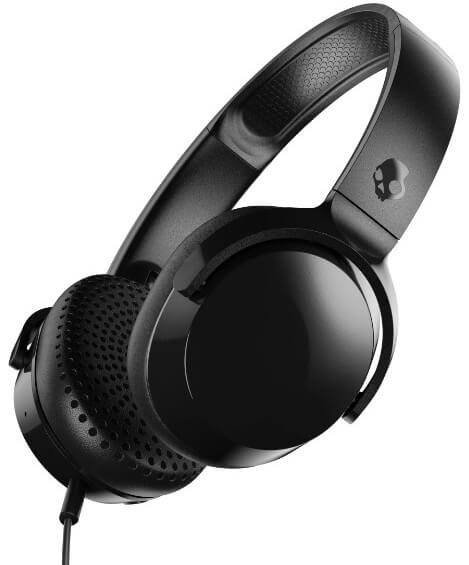
These headphones are a great pick if you are looking for something lightweight, easy portability, and don’t like inserting earbuds into your ear canals.
Advantages:
- On-ear headphones are lighter and occupy less space than over-ear headphones, making them easier to carry around.
- They are more versatile because you can use them for any activity without worrying about wear and tear. They will not fall off easily since they are lightweight and less bulky.
Disadvantages:
- On-ear headphones run directly against your ears, flattening them out. This may become irritating after prolonged usage, particularly if you wear glasses.
- As these headphones do not entirely cover the ears, there is the possibility of audio leakage, which might irritate you (or) create disturbance to others around you.
3. Open-Ear Headphones
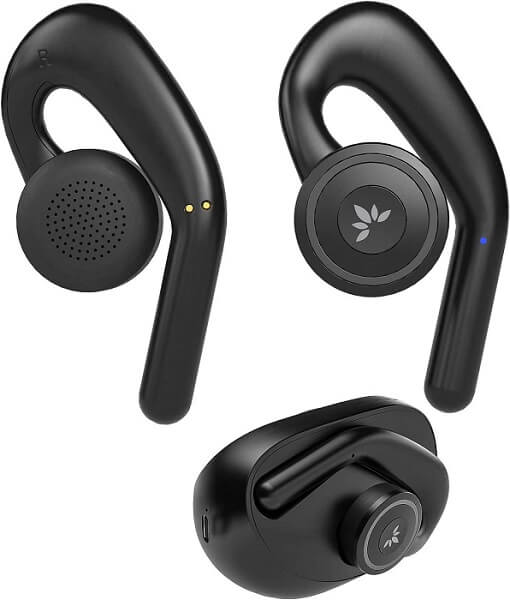
This fit type is ideal for commuters, particularly those who frequently exercise, jog, (or) walk on crowded roads, and for those who are waiting for boarding calls while traveling as well.
Advantages:
- Open-ear headphones ensure that you are constantly aware of what’s happening around you especially when you are outdoors.
- They are very easy to carry and do not occupy much space as they don’t have ear cups and headband.
- Its features like lightweight, slim, and compact design make it pretty comfortable to wear them with ease.
Disadvantages:
- The sound quality of these headphones is not as good as over-ear and on-ear headphones.
- Due to the exposed speakers, the people sitting around you might get disturbed, especially if you are listening at high volumes.
4. Clip-On Headphones
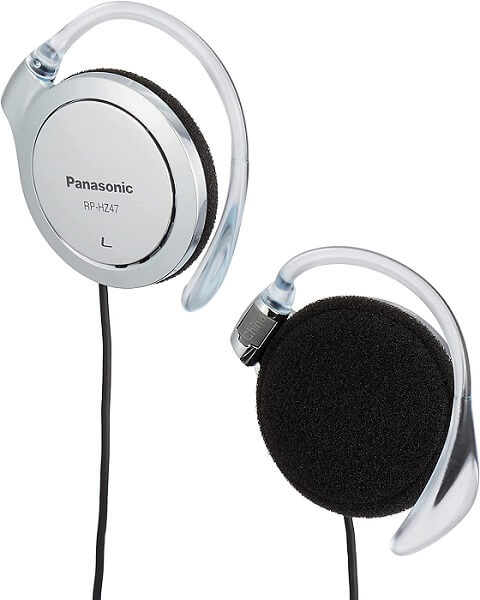
Clip-on headphones are ideal for those who are looking for hand-free communication during outdoor activities. You can effortlessly accept business calls, have discussions, and complete work without using your hands even while hiking, cycling, driving, etc.
Advantages:
- This feature allows you to do other activities without worrying about them slipping out.
- They offer better ventilation since only one thin disc covers the ear.
Disadvantages:
- These headphones are not water resistant and are not suitable for wet weather conditions.
- They do not have enclosed speakers and you may get irritated due to external sounds.
5. In-Ear Monitors
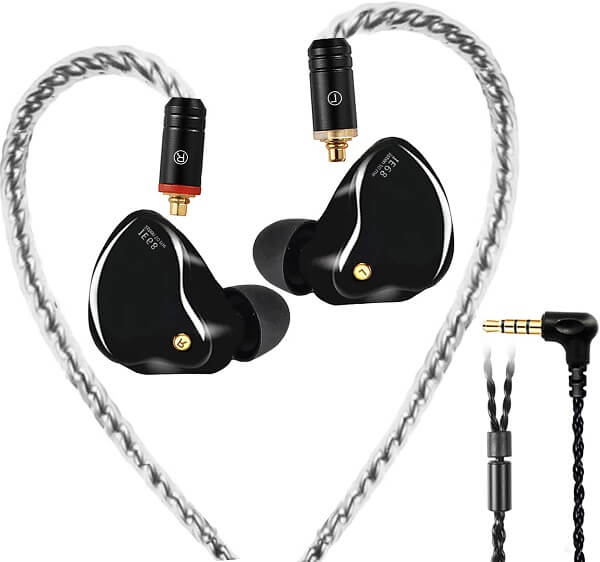
IEMs can be worn deep into the ear canals and change the fit with different-sized ear tips. Hence, they are a great pick for commuters, vocalists, athletes, and musicians who want high-quality sound on the go.
Advantages:
- Because of the various sizes of silicon tips, IEMs allow for greater customization, allowing you to find the perfect fit.
- They offer greater noise isolation and greater sound quality, as they sit deeper into your ear canal.
Disadvantages:
- Though they are customizable, you can still experience discomfort as they go deep into the ear canal leading to ear pain.
- Yet times they may not be safe because wearing them for a long time can damage your ear canal resulting in hearing loss (or) ear infections.
6. Classic Earbud
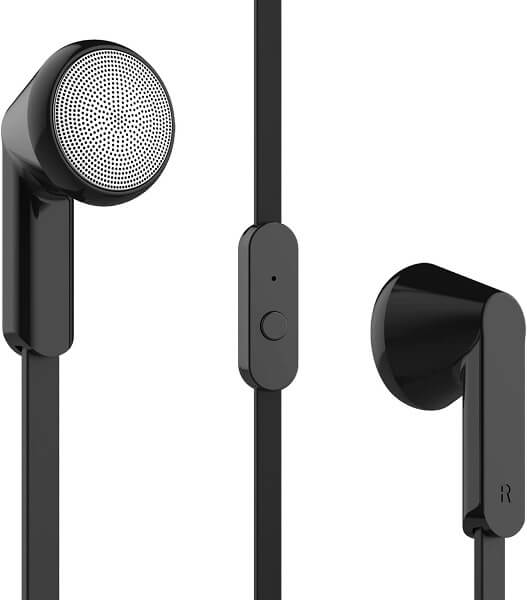
Usually, these earbuds are budget-friendly and are available in any store. They are ideal for those who are not much particular about the sound quality.
Advantages:
- Classic earbuds are inexpensive and typically much cheaper than other headphones.
- They are comfortable to wear as they fit right at the start of the ear canal instead of entering deep into it.
Disadvantages:
- They don’t have additional ear tips to provide customized fit and may often slip down as they sit right at the ear entrance.
- There are chances for sound leakage (or) seeps out as they do not penetrate deep into your ears.
7. Closed-Back Headphones
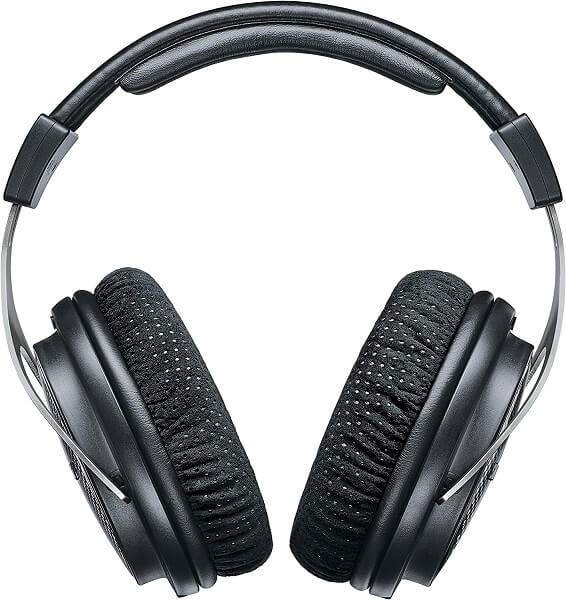
Closed-back headphones offer less distraction, noise isolation, and better monitoring with very minimal sound leakage. Hence, they are a great option for students, workers, and recording artists.
Advantages:
- Unwanted sounds will not enter into the headphones easily as the drivers are placed within a strong exterior casing.
- Audio sound will not be leaked from the headphones because of their compact design.
- The speaker enclosure enhances audio sound waves, resulting in improved bass frequencies.
Disadvantages:
- Most times the users suffer from sweaty ears due to lack of ventilation (or) improper airflow.
8. Open-Back Headphones
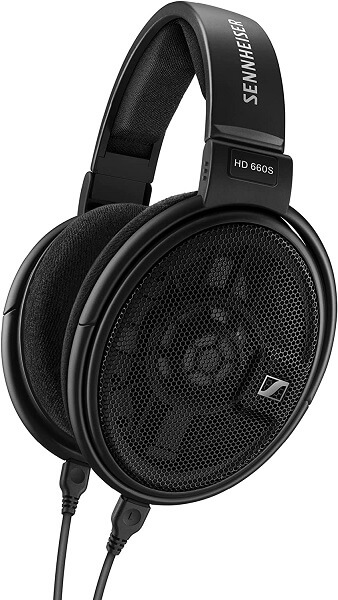
Open-back headphones offer more realistic and precise sound because of flatter and neutral response. Moreover, the sound reflection in the ear cups is also reduced aiding in better sound quality. Therefore, they are suitable for people who desire the best sound quality when listening to music at home.
Advantages:
- Open-back headphones provide better audio quality, making your music feel more like it belongs in your environment rather than in an enclosed space.
- Users’ ears won’t get sweaty even after wearing them for long hours due to better airflow through vents.
Disadvantages:
- There are chances for more sound leakage because of their vented design.
- They can let in a lot of background noise which can spoil your listening experience.
9. Wired Headphones
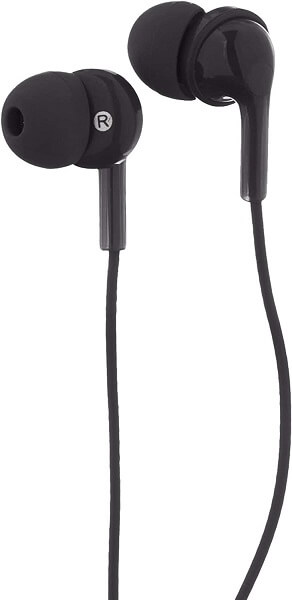
These headphones can be connected easily to any audio device like mobile phones, PCs, laptops, and tablets. The wired headphones are best for those who can enjoy gaming, attend calls, and have music experience with reliable sound quality.
Advantages:
- Wired headphones come in various models, designs, sizes, and other features that are budget-friendly.
- They offer better sound quality while listening to music, having conversations, attending calls, gaming, etc.
- They can be paired easily with any audio device with very less latency of 5-10 milliseconds.
- There is no downtime for charging, so you may listen to music for as long as you wish.
Disadvantages:
- If these headphones are used frequently, they might get damaged, resulting in the breakdown (or) malfunctioning.
- If the wiring is not handled properly (or) tangled, it may become shorted (or) damaged.
10. Wireless Headphones
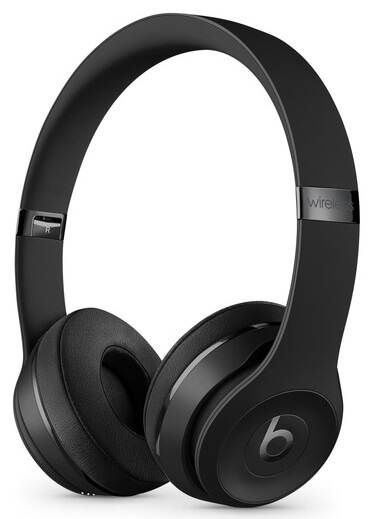
These headphones are the perfect option for those who exercise regularly and listen to music while doing some household work without using their hands. Therefore they provide freedom of movement with good sound quality.
Advantages:
- They are more convenient to use and can be easily carried in any customized pouch (or) backpack (or) beltloop.
- There’s no need to worry about connectivity. They can be paired with any audio source without having to bother about untangling (or) plugging the connections.
Disadvantages:
- Latency issues may pop up, as the sound waves are transmitted through radio signals resulting in signal delays. Anyways there are a few ways to fix these latency issues.
- Some sound quality is lost while transmission, because of the compression of audio signals.
- The batteries must be monitored regularly and charged if they drain. During this scenario, you will no longer be able to stream music until they are charged.
11. Wired Earbuds
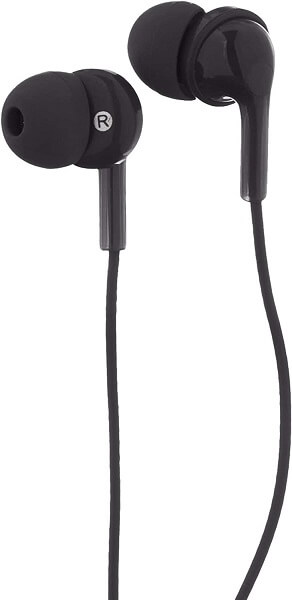
Wired earbuds are a great option for both personal and professional use. They can be used by commuters, frequent travelers, etc. Moreover, they can be carried easily and don’t even take up much space in your bag.
Advantages:
- They offer great comfort and sit perfectly on your ears.
- As they are small and slim they can be carried with ease and stored in your bag comfortably.
- They are completely safe and hygiene to your ears as they provide greater breathability
- They offer great sound quality and can be afforded by most people.
Disadvantages:
- Wired earbuds come with wires, they may get damaged (or) broken when tangled.
- They must be charged regularly since you will not be able to enjoy music once the battery drains.
12. True Wireless Earbuds
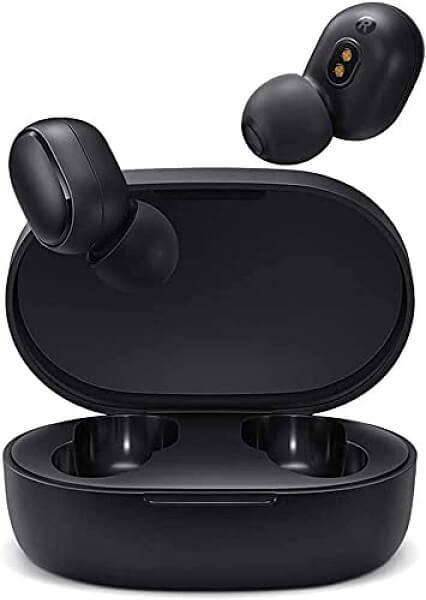
These earphones are suitable for frequent travelers and anybody who is always on the go. Moreover, their compatibility, portability, long battery life, and quick charging make them simple and comfortable to use when you are on the move.
Advantages:
- They can be carried anywhere easily because of their compact design, small size, and occupy less space.
- They sit comfortably in your ears and have no dangling wires to get in your way.
- Because of its advanced Bluetooth technology, these headphones are compatible with most devices and can be paired easily.
- The earbuds can be charged within no time by placing them in the dedicated case and have long battery life. Hence, it eliminates the need of carrying extra wires and charging equipment.
Disadvantages:
- Since true wireless earbuds are very small, you may lose them easily due to carelessness (or) forgetfulness.
- They are expensive and unfortunately, if you lose anyone earbuds you have to replace the entire set.
13. Noise-Canceling Headphones
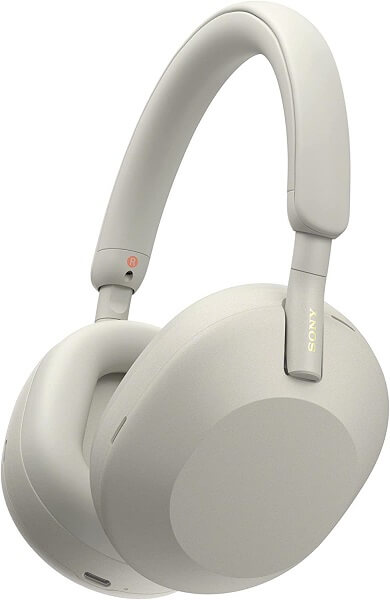
Noise-canceling headphones are equipped with a microphone, amplifier circuit, and digital signal processors to generate “Anti-noise” sound wave that eliminates the incoming background noise waves. They are a perfect option for those who want to enjoy music without any disruptions, people with sensitive hearing, and commuters as well.
Advantages:
- You can experience clear audio without increasing the volume at regular intervals as there is no space for ambient sounds.
- These headphones allow you to concentrate on your work without being distracted by surrounding noises.
Disadvantages:
- They are expensive and may not be afforded by everyone.
- The batteries must be charged regularly. Once the battery drains you will no longer be able to access the headphones.
14. Ambient Sound Headphones
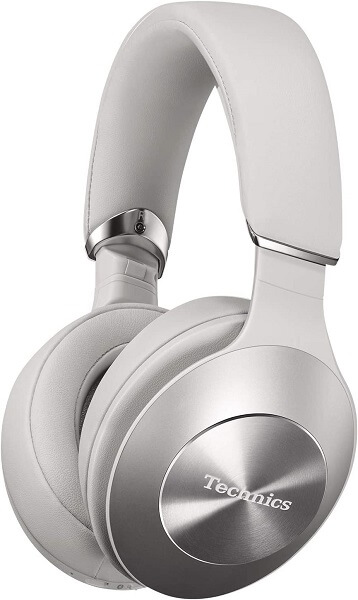
Ambient sound headphones are perfect for commuters, joggers, audiophiles, etc who can have awareness of their surroundings and protect them from certain dangers. Even these headphones can be used by music professionals during live shows (or) concerts just to safeguard them from unwanted (or) unexpected dangers.
Advantages:
- They come with a compact and robust design, sitting perfectly on your ears.
- These headphones are a wonderful option if you have a collaborative work environment. Since they don’t block ambient sounds completely you can enjoy music while doing your office work.
- They are budget-friendly and can be carried easily as they occupy less space in your bag.
Disadvantages:
- Since they don’t block the unwanted sounds completely they may create a disturbance while listening to music (or) attending calls.
15. Bone Conduction Headphones
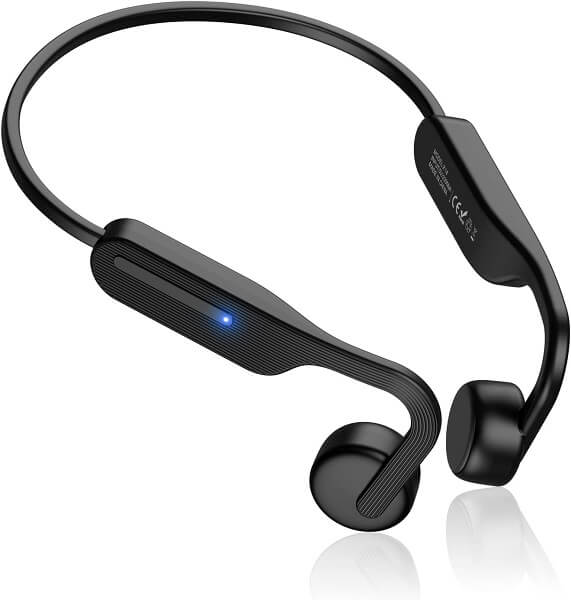
Bone conduction aids in the treatment of conductive hearing loss because it bypasses the outer and middle ears. They are durable and water resistant. Ultimately, they are ideal for people suffering from hearing problems.
Advantages:
- Bone-conduction headphones are open-fit type. They won’t occupy your ear completely and sit on your cheek and jawbone making you aware of your surroundings.
- They are more comfortable due to their design and size. Furthermore, they enable superior airflow and do not cause your ears to sweat even after prolonged use.
- Bone conduction technology is a fantastic tool for those who have conductive hearing loss.
Disadvantages:
- Bone conduction headphones can’t reproduce the full range of frequencies with delicacy and accuracy since they use vibrations.
- As these headphones do not cover your ears completely, your ears are open to all the external sounds which may affect the listening experience.
- Moreover, using these headphones can cause some health problems like mild headaches and discomfort in your ears due to vibrations.
16. Headset
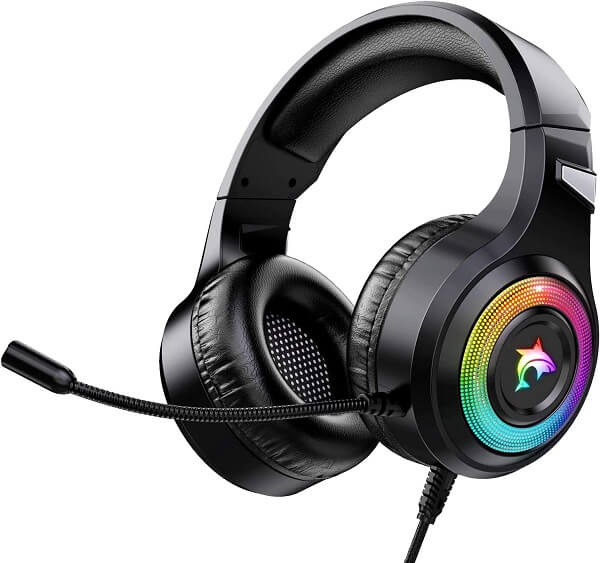
Headsets are useful for people who prefer to leave their hands free for other tasks while attending office calls, playing online games, etc. Further, these headsets are appropriate for workplace situations such as call centers, where communication is paramount.
Advantages:
- These headphones are best suitable for gaming that can be afforded by everyone than premium gaming headphones.
- Boom microphones typically include additional functions, such as CVC, DSP, or ENC noise cancellation to improve voice clarity.
- Advanced technologies like Dolby Atmos, DTS Headphone: X, and THX Spatial Audio are used to enhance your playing experience with immersive sound.
Disadvantages:
- All the headphone types don’t have similar connectivity options. Some headsets are wired whereas some are wireless. Wired headsets need additional equipment to connect to gaming devices like Xbox and PlayStation.
17. Air Tube Headphones

These earphones can be effortlessly linked to any audio source through the 3.5 mm socket. The sound first travels via the metal cables to the exterior speakers, which are contained within metal hubs. Finally, the sound waves travel via hollow plastic tubes and arrive in earbuds as harmless sound waves.
Advantages:
- Air tube headphones are a perfect option if you are more concerned about EMF radiations. They filter the sound waves and produce harmless audio.
Disadvantages:
- They are not durable because of their weak build. The wires (or) wiring may get broken (or) damaged due when the wires get tangled.
- The sound quality of these headphones is less compared to other types and even their price is pretty expensive than Apple EarPods.
Different Types of Headphones FAQs –
Ans: No one type of headphones is the best for everything. Different types of headphones excel at different things. Over-ear headphones are the most comfortable and best all-rounders. Earbuds are the most suitable for sports and portability. Pick open-back headphones for home listening.
Ans: Usually, all headphones are safe at lower volumes. But to listen at lower volumes you need headphones with good noise isolation or noise cancellation. So, closed-back or in-ear headphones are the best option.
Ans: It’s quite a tough question to answer. It all depends on the design, comfort level, and sound quality you are looking for. Ultimately, it’s your choice but it is recommended to try out various headphones before purchasing.
Ans: The price tag can be a deciding factor when purchasing headphones. However, more expensive models offer higher-quality sound and better durability. They come with additional features like noise cancellation or wireless capability that may make them worth the extra cost. Ultimately, buying expensive ones is entirely your preference.
Ans: Headphones are made of the materials like aluminum, ceramic, copper, rubber, memory foam, plastic, artificial leather, silicone, and vinyl. Softer materials, such as silicone, memory foam, fabric, and vinyl, are used to make the cups or buds that sit on or in your ears, while the shell is made of rubber, plastic, ceramic, aluminum, and copper for wiring.
Ans: It is completely dependent on the way you use them. Of course, headphones are great sources of music, podcasts, audiobooks, and youtube videos. But wearing them for a longer duration may cause ear infections leading to hearing loss yet times.
Ans: It’s always safe to wear headphones for an hour or less each day. If you are listening for an extended amount of time, take five-minute breaks every hour. Set a reminder on your phone to give your ears a break. In fact, experts recommend following the 60/60 rule, which states that you should keep your volume under 60% and listen to headphones for roughly 60 minutes per day.
Conclusion
To conclude, these are the different types of headphones with specific characteristics, benefits, and downsides. Every headphone is unique and differs based on its design, technology, connectivity options, and so on. Anyways, choosing the right one is entirely based on your requirements. Hope this article acts as a complete guide on types of headphones before purchasing them.

